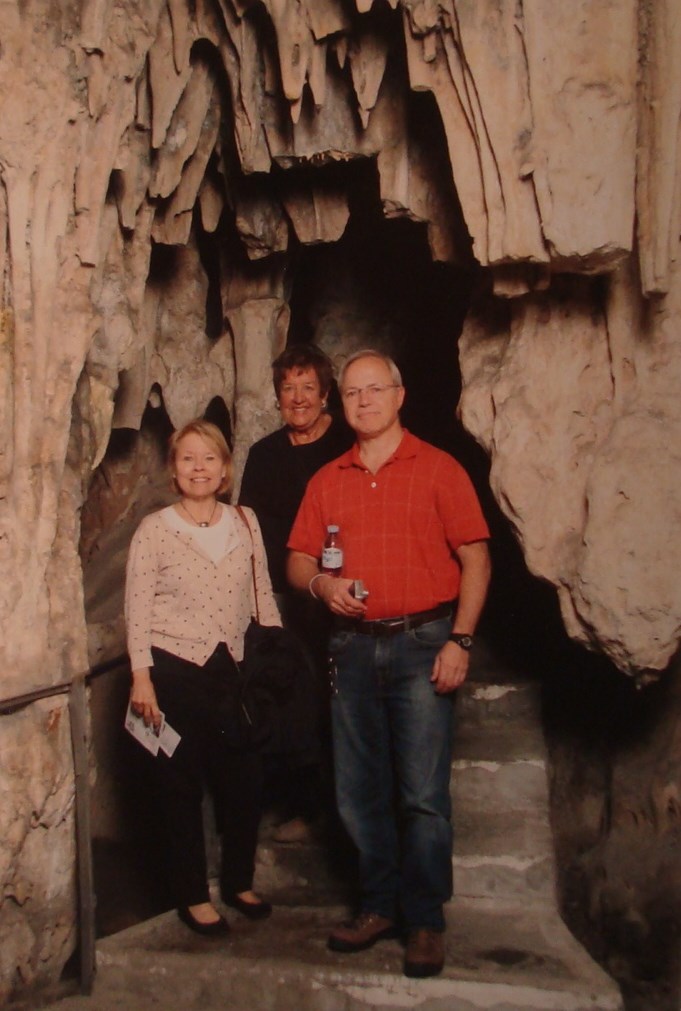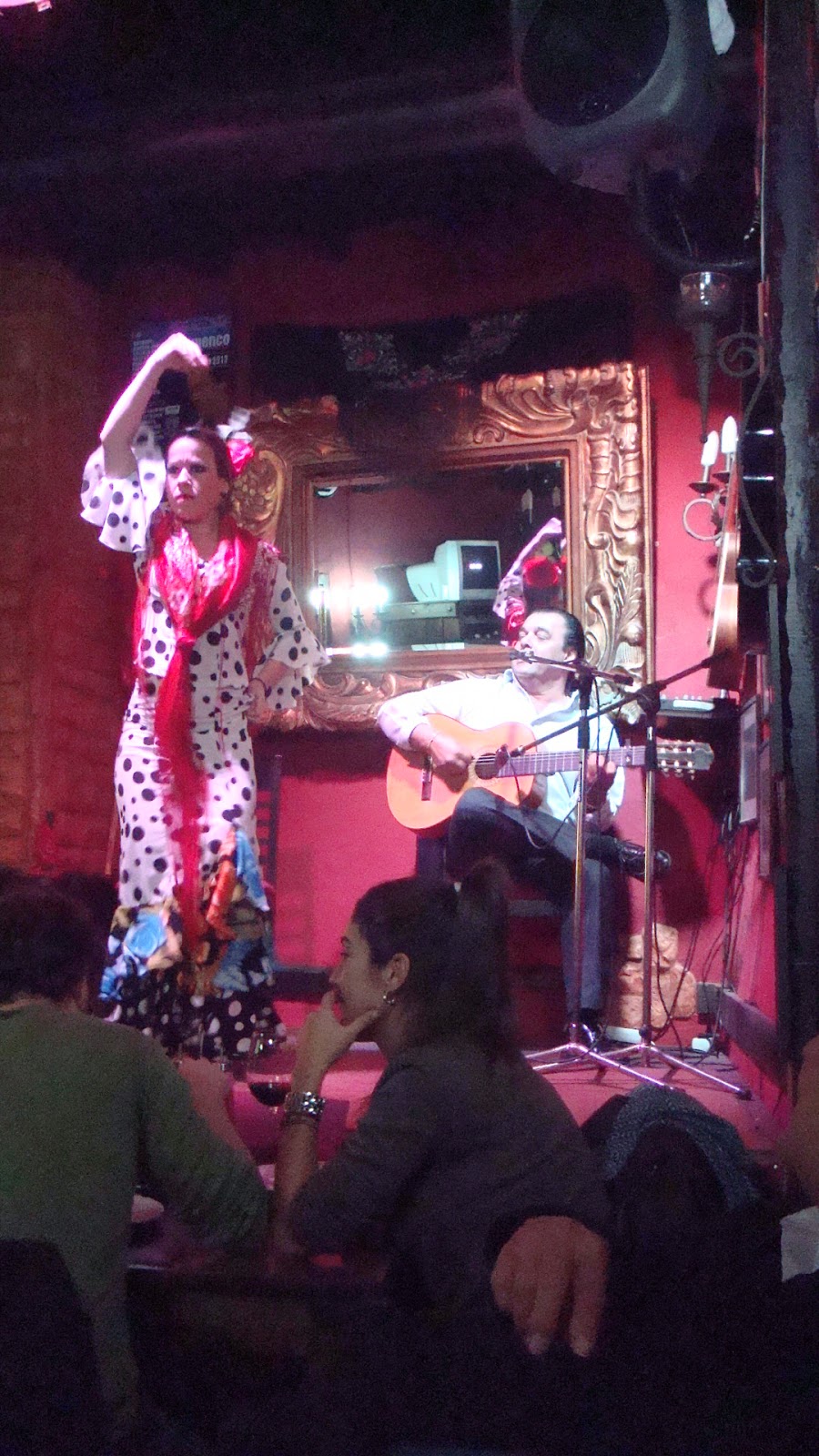With this chapter I conclude the picture-storybook that tells our tale of
adventure during our year in Italy. The
following post is a short review of those places in both Italy and elsewhere
that resonated most strongly with me. It
also contains links to previous posts that shed more light on each of these
locations, if you are so interested. With that in mind, here are my
Favorite Places in Europe:
Favorite Places in Europe:
Florence – Florence will forever have a special place
in my heart because it was our first home in Italy. We arrived Dec 1, 2012 and lived there 5
months. It was the perfect introduction
to our new country; the winter was mild and this
eminently walkable city put churches, museums, history, art, restaurants and
entertainment all within an easy grasp. Plus we lived in a nice apartment in the San
Niccolo neighborhood, a quiet section of town.
Like any major city, Florence has its challenges; the
traffic is lethal, and in the summer months the city is hot, humid, and
overrun with tourists. Frankly, that’s a small price
to pay to live in the birthplace of the Renaissance. And to top it all off, Florence was where we
first began to make great friendships with people who have become very dear to
us.
Casa la Vite – Our home
in Impruneta was in a magical setting.
On May 1, 2013 we moved to the Chianti district of Tuscany, into a apartment 30 minutes south of Florence that was surrounded by thousands
of olive trees and vast wine vineyards.
The sheer beauty of the countryside made us feel like we were living in
a postcard picture.
Our
apartment was in a renovated farmhouse perched on a hilltop. It had two bedrooms, air conditioning and a swimming pool which made
it perfect for when our guests came to visit us, whether they came from
Florence or came from the United States.
Most of all it was the place where we met our
dear friends Donatella and Andrea, the owners of our apartment.
Alsace, France
– A trip up the Route des Vins d’Alsace (the Wine Route) in the Alsace region
of western France embodies an immersion into Old World European charm. If you took away the cars from the old historic
towns along the route, you’d think you'd stepped back into the 1,700’s.
there, with
visits to other towns and even castles (Haut-Koenigsbourg). We sampled some of the best hiking you will
find (castles on the mountain trails), best white wine you will drink (the
whites have a strong German influence) and some of best food you can eat (fresh
baked French bread is beyond description….) While it’s true the bright lights of Paris warmed us with
their allure during our time there, I will take the culture of Old World Europe
any day.
Montepulciano
- Angie
and I have visited a lot of old, historic,
medieval, hilltop, Tuscan towns; our favorite is Montepulciano. We visited there 5 times, on our own and with
friends and guests we took there. We
never tired of its history (it dates to Etruscan periods), its culture (the classical
music school gives free concerts in the town square), its wineries (the local
vineyards all have retail stores in town), and above all its warm friendly
people. Walking the town’s streets and
narrow alleys, ducking in and out of shops, perusing restaurant menus, and
enjoying the free wine tasting are part and parcel of breathing in the town’s
essence.
And just to be clear,
some of my favorite red wines in all of Europe come from Montepulciano.
And just to be clear,
some of my favorite red wines in all of Europe come from Montepulciano.
Somehow Montepulciano has successfully defended its
ancient city walls against the assault of commercial exploitation. It is not
choked with the throngs of tourists you can expect in Sienna; neither has it
allowed itself to be turned into a bus stop-tourist trap like San Gimignano.
Montepulciano remains true to its soul, a sentiment echoed by
everyone we have taken there.

Stockholm, Sweden
– Talk about a society that has its act together…. Stockholm was a personal
eye-opener for me to northern European culture.
For starters, the capital of Sweden is magnificent - Stockholm is an
elegant city of islands crisscrossed with beautiful rivers, all connected by bridges, and it's the cleanest city I have ever seen in my life.
During
our visit we found Swedish people to be warmer and friendlier than I thought
they might be (plus they all spoke English), and they embody a resolute
determination to responsibly do what they think is right – for everyone. Having successfully reigned in the wasteful extravagances of their government’s former Socialist-state policies, Sweden has evolved into an free enterprise
economic powerhouse of employment, stability, and opportunity – albeit with a
high cost of living. Still, America could take some important lessons
from Sweden about effective, responsible government. And all this in a setting of Scandinavian architecture that is home to that unique brand of Swedish modern design.
Each little town has its own personality and
charm with regards to authentic neighborhoods, restaurants, water front, and
even art. It’s hard to pick a favorite
among them but it turned out that we stayed in Manarola twice because the train
is easily manageable, it has easy access to great swimming off its beautiful rocky coast, it has close proximity to outstanding hiking, and it is easily
reachable by car. When we wanted to get to the next town we just walked
down to the train, or took the scenic route on the high mountain trails that interconnect the towns, enjoying the challenges of a couple hours of hiking and some of the most stunning vistas you can possibly imagine. The allure and charm of the Cinque Terre gets into your blood. Once you been there, the only thing you can think about is when you are going back.
Bernina Express, Switzerland – Its seems odd to include a train in a favorite places post, but we found the Bernina Express an excellent rail
system that took us across some glorious vistas and alpine mountain passes. The line begins its northern point in Davos and takes you south through astoundingly beautiful countryside, traversing mountains and valleys all the way down to Tirano Italy. Plus - from Tirano you
can catch the dedicated bus service straight on to Lake Lugano. Whether it’s the glitz of St. Moritz, the vistas of Alp Grum, or the hiking opportunities of Poschiavo, the Red Train was our ticket to Swiss adventure. And, it’s probably going to figure largely in some future plans we are concocting….
The Cinque Terre – The 5 seaside villages on the Italian Riviera that comprise the Cinque Terre are almost like their own little country. They have their own niche of the Mediterranean Sea, their own interconnecting rail line, they are all chiseled out of the vertical steeps of the Apennine mountains, and they all share a common history of a hardscrabble life earned from the sea.
Cortina d’Ampezzo -The Alps are not one of my favorite places in Europe. They are one of my favorite places on earth; however, among the Alps it is the town of Cortina Italy that resonates with me the most. Nestled in the magnificent Dolomiti (Dolomites), Cortina’s heartbeat is its thriving, bustling community whose restaurants, hotels, shops and services support its cultural commitment to outdoor sport, winter and summer.
http://dougsadventureinitaly.blogspot.it/2013/02/have-ski-boots-will-travel-to-cortina.html And it’s an edgy culture; the influence of its Swiss and Austrian neighbors intermixes with its northern Italian linage, producing
a vibe all its own. It’s a vibe that
certainly strikes a chord with me, whether I’m there to ski the towering Dolomiti or
to hike or bike across some of the most striking panoramas ever seen. The
raw, wild beauty that surrounds the town of Cortina is its soul, and it’s spirit resonates
with you, winter or summer.
http://dougsadventureinitaly.blogspot.it/2013/08/cortina-dampezzo-august-2-5-2013.html
I hope you
have enjoyed the story of our year-long adventure in Italy; my thanks to
all of you who have responded with your feedback and words of
encouragement. This link will
remain active and available for some time, however, I have no plans for further posts to
this location. Older posts can be reached by scrolling to the bottom of the page and clicking on Older Posts. Angie and I move to Maine
in February, living there for 10 months before returning to New Jersey. I’m not sure what if any blogging I
may be doing from Portland, but if I do I will send out a link.
Until then, Ciao!
- Doug




























































